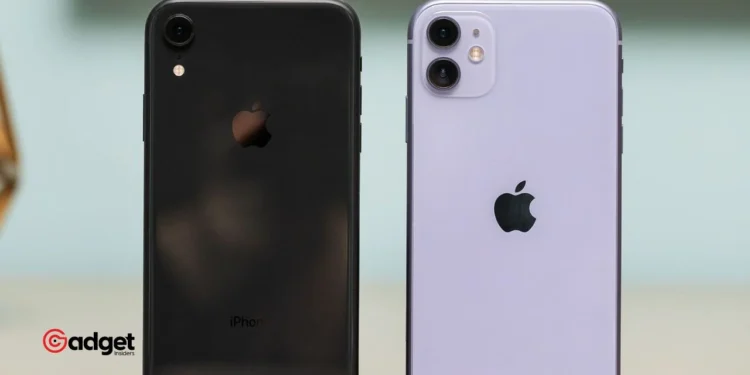In a staggering breach of corporate trust and technological oversight, Apple Inc. recently fell victim to a sophisticated scam that cost the company approximately $12 million. This elaborate scheme involved the use of counterfeit iPhones so convincingly produced that they passed as genuine under Apple’s rigorous scrutiny.
Here’s an in-depth look into how this audacious fraud unfolded and its implications for the tech industry.
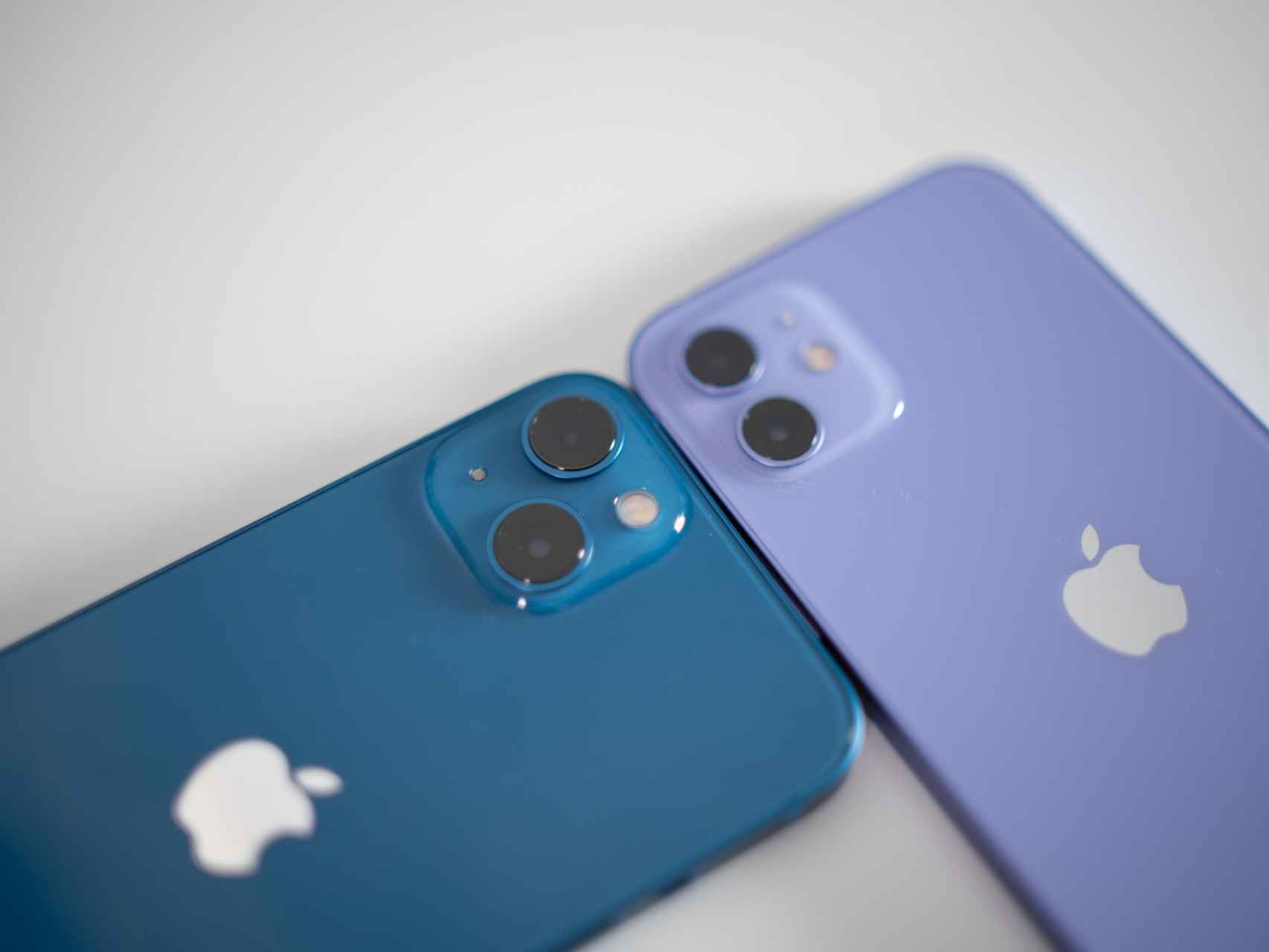
Apple iPhone: The Anatomy of the Scam
The operation was simple yet effective. Fraudsters equipped with fake, but near-identical iPhone models would enter Apple Stores, presenting these devices as faulty. Leveraging Apple’s customer-first warranty system, the scammers requested replacements for these “defective” units.
Oblivious to the deception, the company employees handed over brand-new iPhones. These replacement devices, which are high in market value, were then sold for profit. This fraudulent cycle was repeated an astonishing 16,000 times, leading to an estimated loss for Apple of at least $12.3 million.
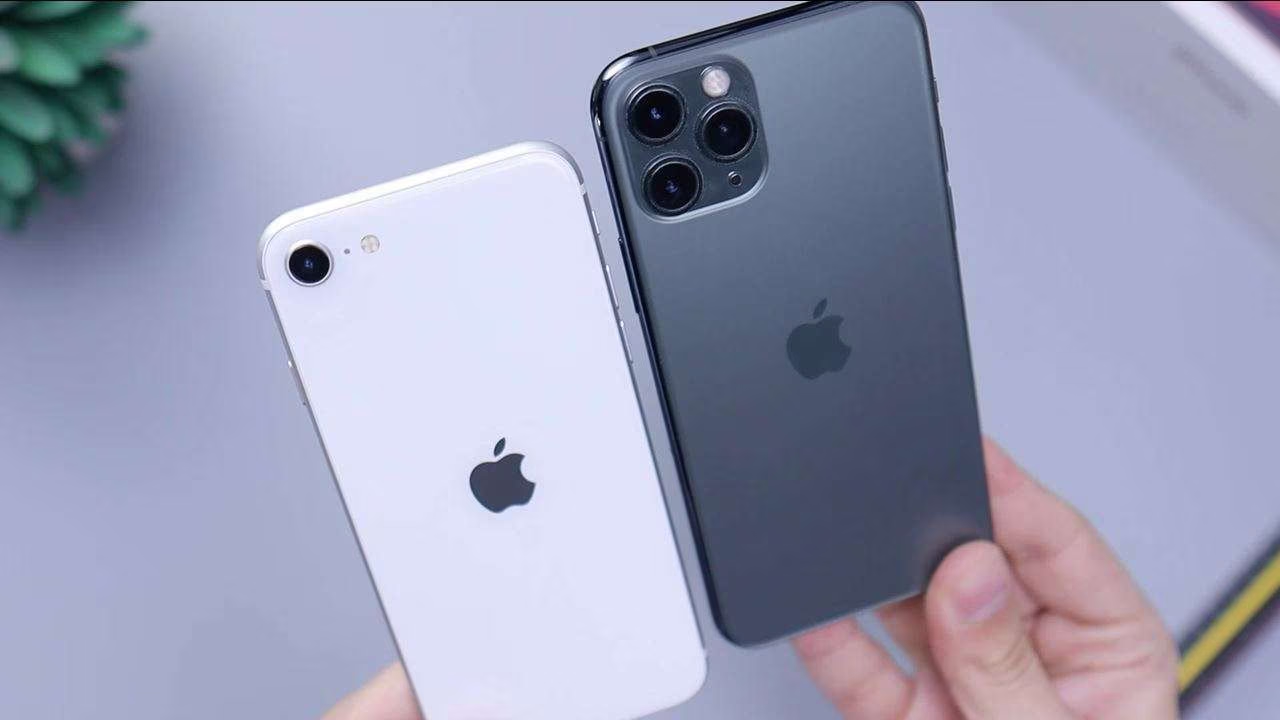
The Network Behind the Fraud
The accused individuals didn’t operate in isolation. Instead, they were part of a coordinated network with ties stretching to China, where the counterfeit devices originated. These fakes were not only made to look like real iPhones but were also assigned stolen identification numbers.
This level of detail ensured that the devices appeared legitimate in Apple’s system, which showed them as sold in the US, owned by genuine customers, and eligible for AppleCare warranty services.
The indictment reveals that this scheme was active from December 2014 to March 2024. During this decade-long period, the scammers refined their tactics. To avoid detection, they employed various methods such as using fake addresses and aliases, renting PO boxes, and systematically visiting up to ten Apple stores in a single day across California.
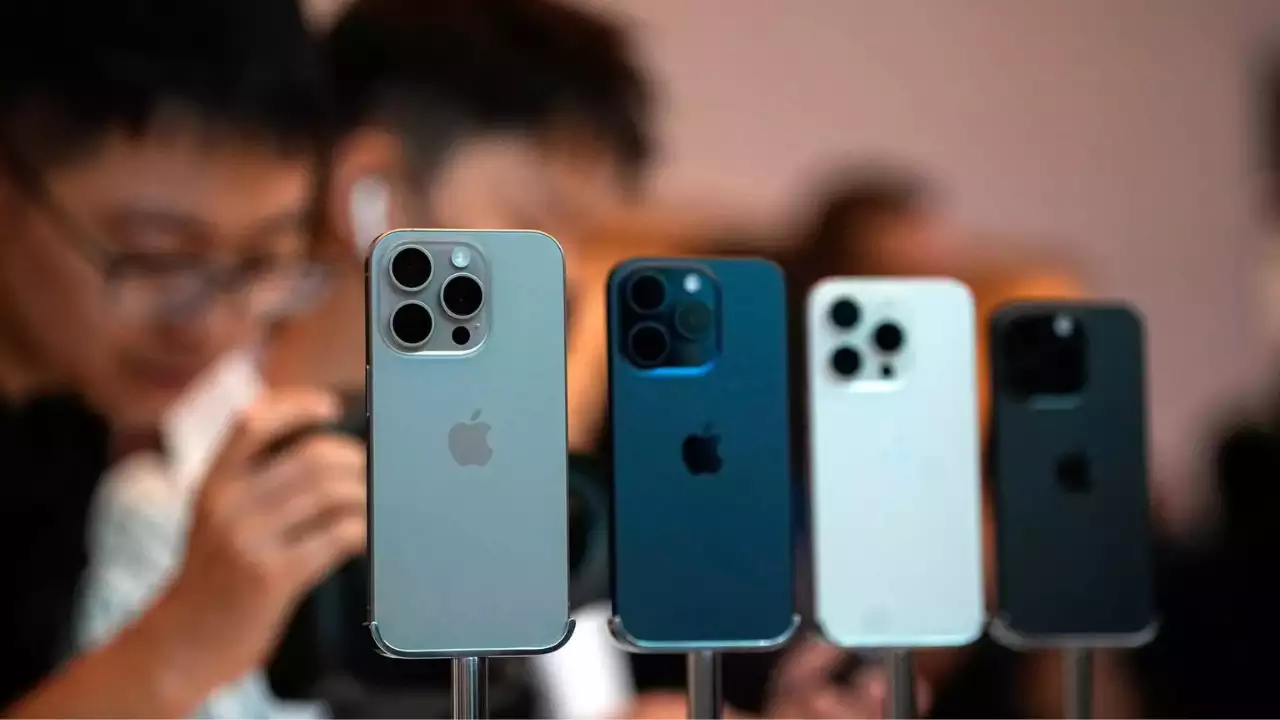
Impact on Genuine Customers
One of the more insidious aspects of this scam was its potential impact on legitimate Apple customers. By using stolen device identifiers, the fraudsters may have inadvertently exhausted warranty privileges for actual users.
When genuine customers attempted to claim their legitimate warranty repairs, they likely faced hurdles because the system had already processed claims against their device’s identifiers, thanks to the fraud.
Legal Repercussions and Broader Implications
The case is poised for trial, with the defendants facing serious charges, including wire fraud, mail fraud, aggravated identity theft, and trafficking of counterfeit goods. Each charge carries a significant prison sentence, reflecting the gravity of their crimes.
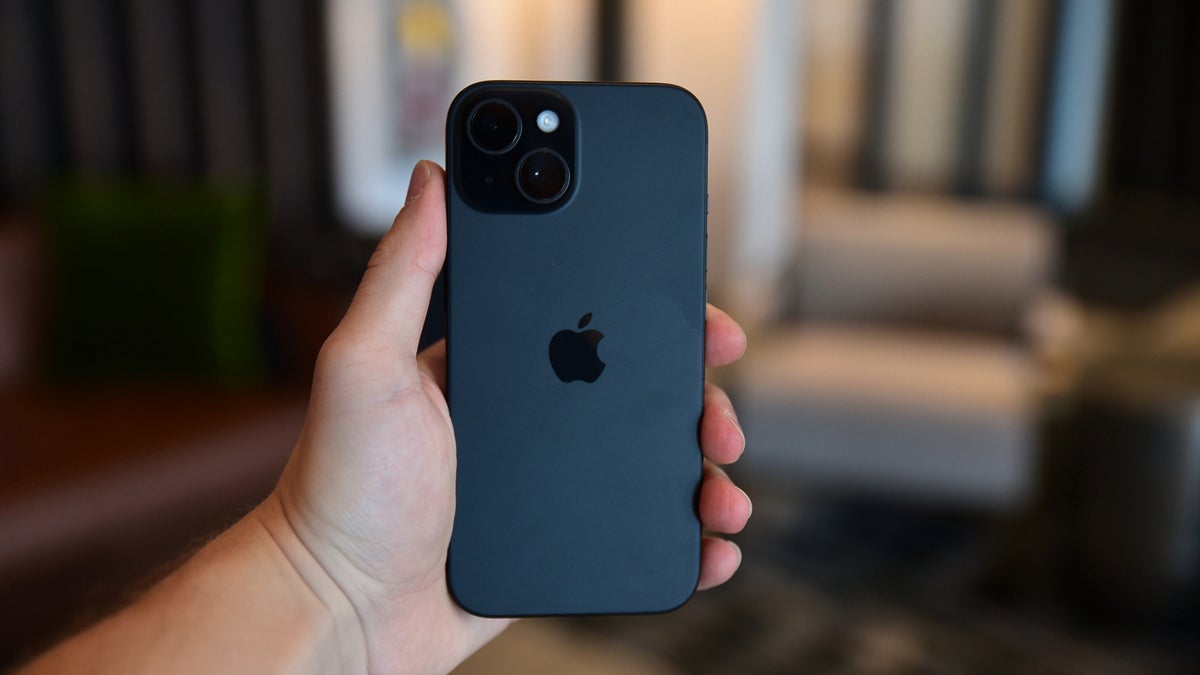
This incident highlights a critical vulnerability in even the most sophisticated retail and customer service environments. It underscores the ongoing battle against counterfeit technology—a challenge that is increasingly relevant in an era where the authenticity of digital and physical assets can be convincingly forged.
As this case progresses, it will be closely watched by both legal experts and tech industry professionals. The outcomes could potentially lead to stricter warranty policies and more rigorous verification processes at Apple stores worldwide, impacting consumers and the resale market alike.
The $12 million scam is not just a cautionary tale for other tech companies but also a call to action to bolster defenses against a new wave of high-tech fraud.

